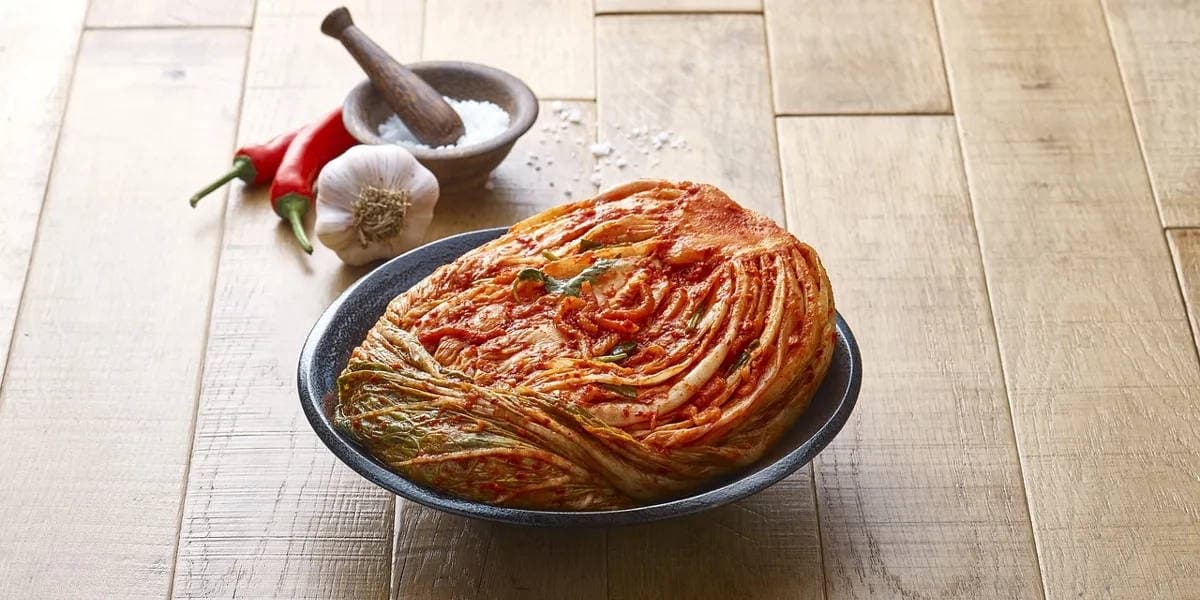
Kimchi Obsession: A Peek into Korean Culture
Kimchi is a beloved Korean side dish (banchan) with a spicy and salty flavor, often eaten with rice and noodles. There are countless varieties of Korean kimchi, and every household has a unique recipe that changes with the seasons and available vegetables. Besides being a side dish, it takes the lead role in dishes like kimchi pancakes, kimchi stew (kimchi jjigae), and kimchi ramen. This is a must-try when visiting Korea.
What Is Kimchi
Hmm... What is kimchi? Let me start with this song.
In 1985, Jung Kwang-tae released a catchy tune known as the "Kimchi Theme Song." Its lyrics are not only fun but also vividly express the deep affection Koreans have for kimchi.
If there were no kimchi,
what taste would we have with our rice?
Even the allure of fine dining and delicacies from around the world
If there's no kimchi, something feels missing somehow.
If there were no kimchi,
What side dish would we prepare?
Even with Chinese and Japanese cuisine all laid out
If kimchi is missing, something feels incomplete.
(Chorus)
I can't live without kimchi, I really can't.
I can't forget you.
Whether by taste or by aroma, I can't let you go.
Can one change their palate?
Yeah, Koreans really love kimchi. Even though it's technically a side dish, in Korean meals, it's as important as having water and rice.
What Does Kimchi Taste Like
Kimchi flavors can vary depending on how it's made, the ingredients used, and where it's produced. In warmer southern regions, it tends to be saltier to prevent it from spoiling.
Generally, it has a spicy and salty flavor. The duration of fermentation also affects the taste - freshly made kimchi has a fresh vegetable taste, while longer-fermented kimchi can have a slightly tangy taste.
What Are The Health Benefits of Kimchi
Kimchi is a probiotic food known for its potential gut and immune system boosting powers. The fermentation process increases nutrients like vitamins C. These acids support good gut bacteria balance, which in turn promotes digestion and colon health.
The main components of this fermented dish, including cabbage, garlic, chili, and scallions, have properties that can reduce cholesterol levels. However, those watching their sodium intake should consume in moderation due to its saltiness.
What Can One Do with Kimchi
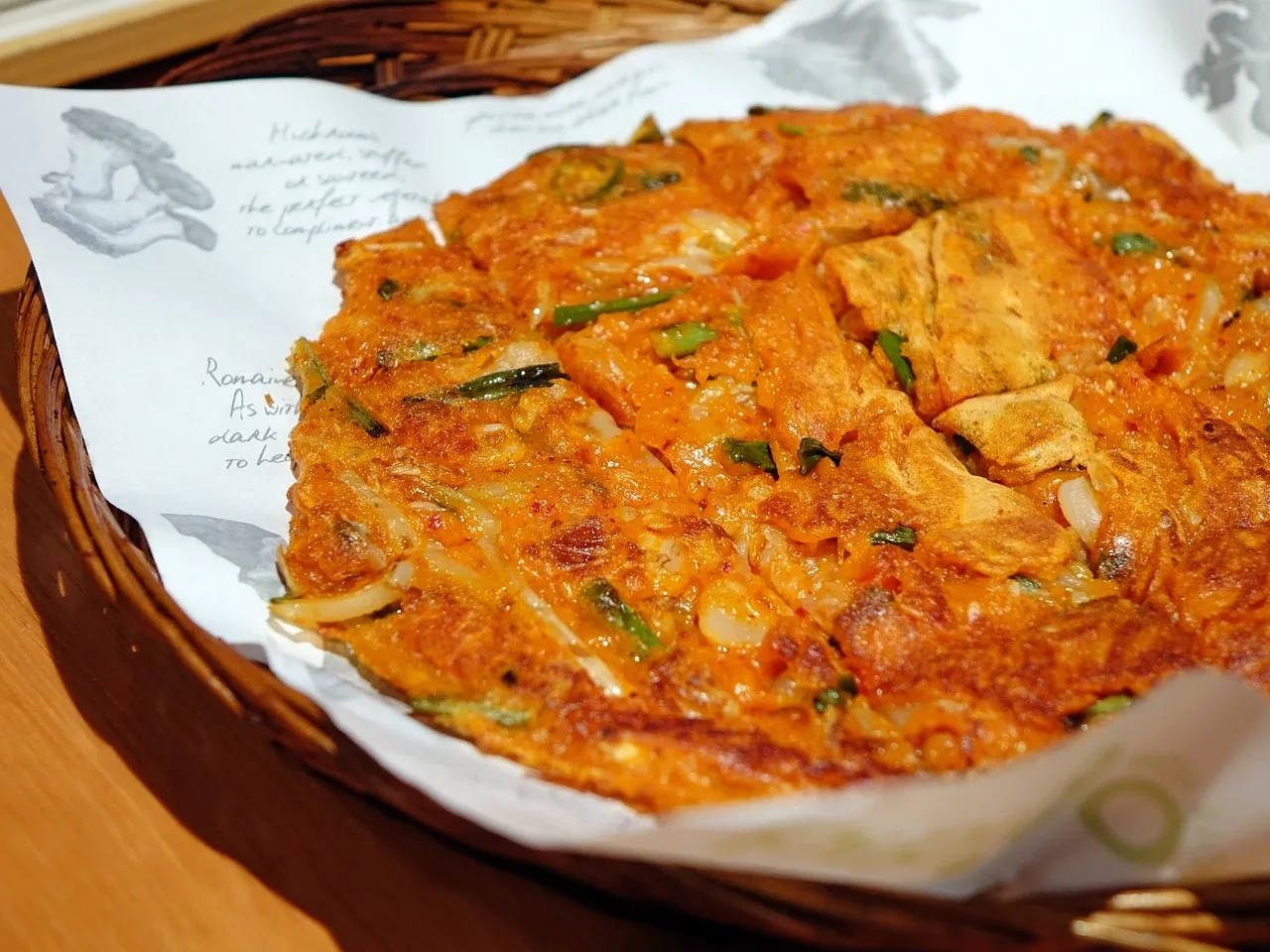
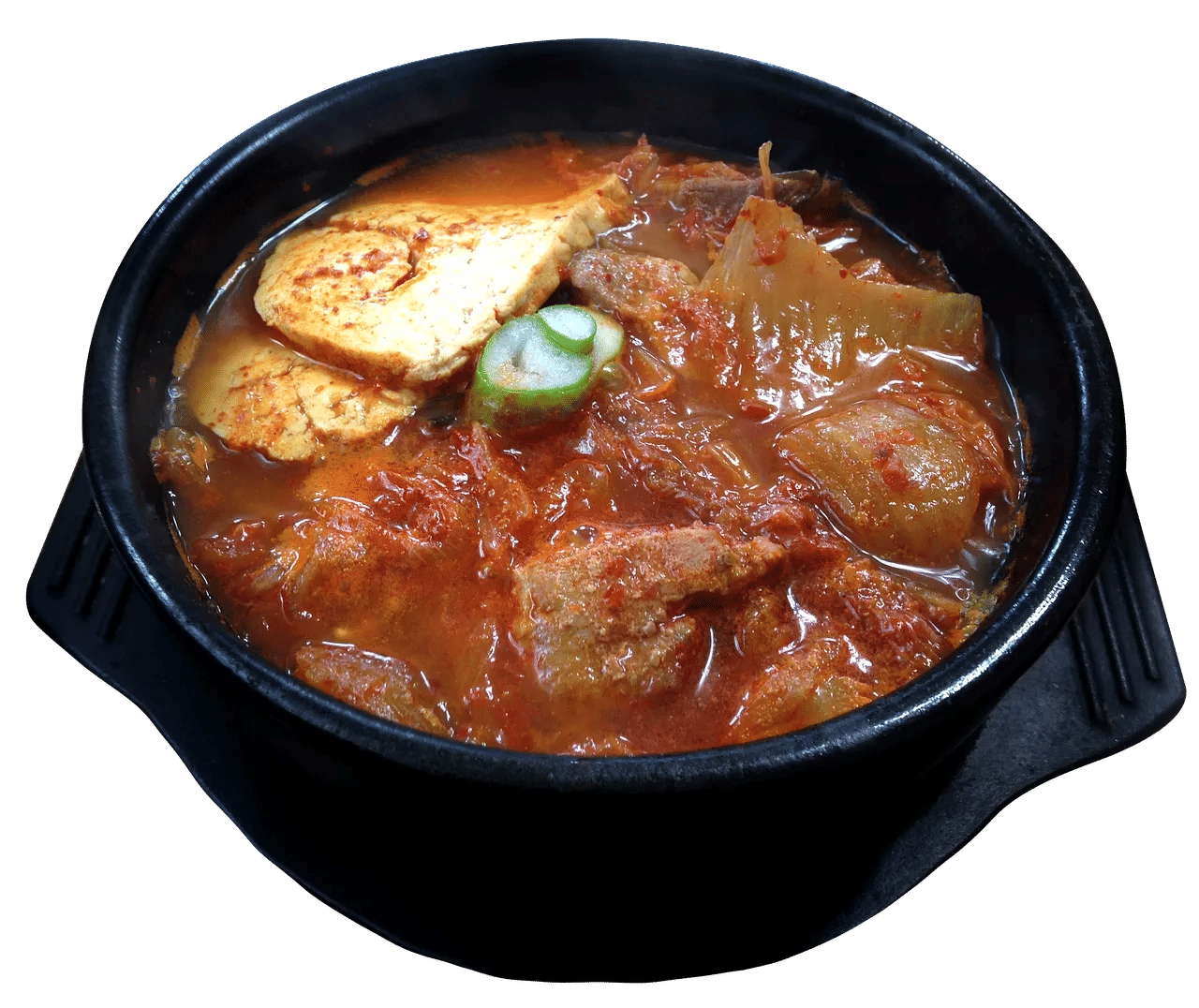
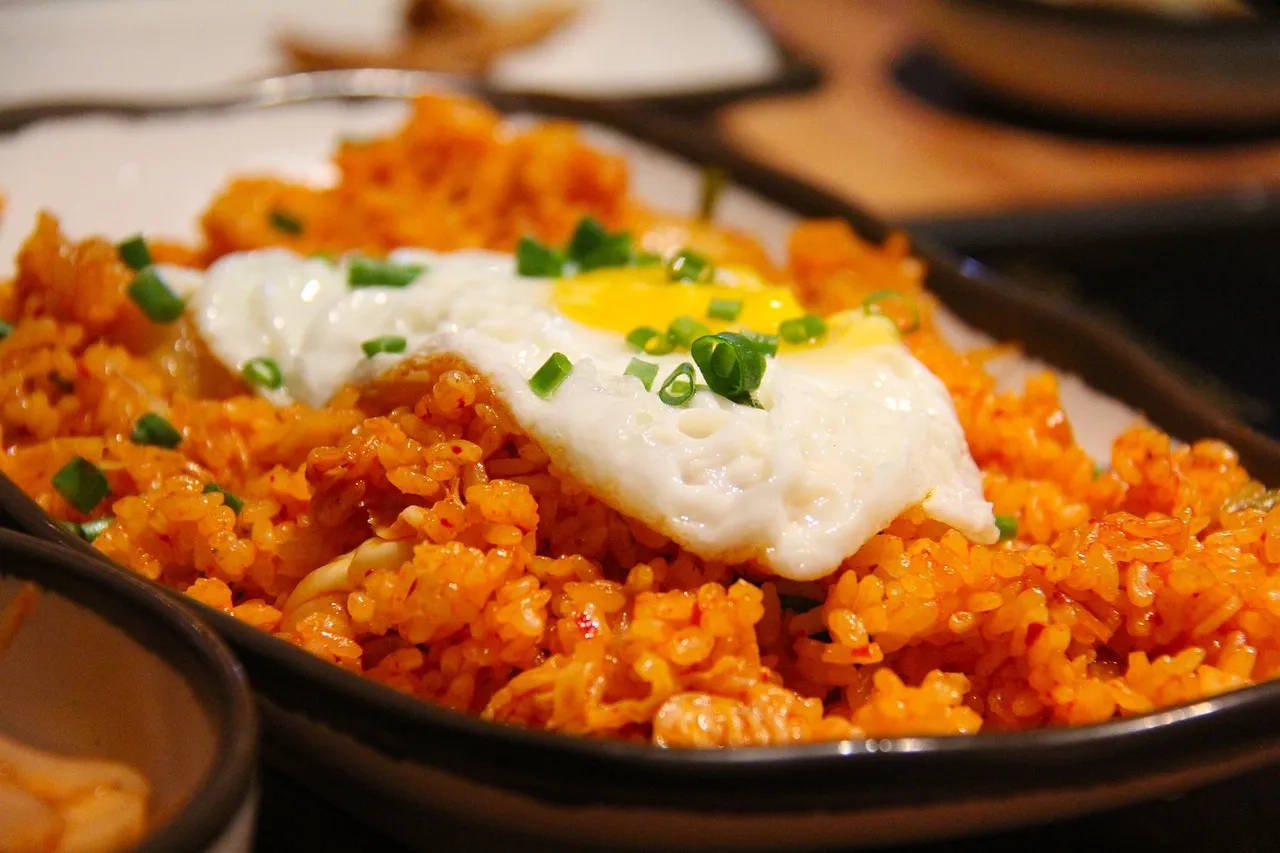
Kimchi is a versatile ingredient that can be used to make a variety of delicious dishes. Mix it with flour and you can make kimchi pancakes (김치전 - kimchi jeon). Boil it in a soup and you'll have a flavorful kimchi stew (김치찌개 - kimchi jjigae). Fry it with rice and you can cook up some delicious kimchi fried rice (김치볶음밥 - kimchi bokkeum bap).
And, of course, you can hit people with kimchi.
Types of Kimchi
Kimchi comes in a wide range of variations. There was even a fun drinking game a few years ago called the "Kimchi Game." The rules were simple - name a vegetable, search "kimchi" along with it on Google, and if a kimchi made with that veggie popped up, you had to take a drink.

This game gained online attention at the time as it uncovered unusual kimchi varieties like aloe kimchi, mango kimchi, chestnut kimchi, pineapple kimchi, jalapeño kimchi, papaya kimchi, cactus kimchi, tomato kimchi, and even strawberry kimchi.
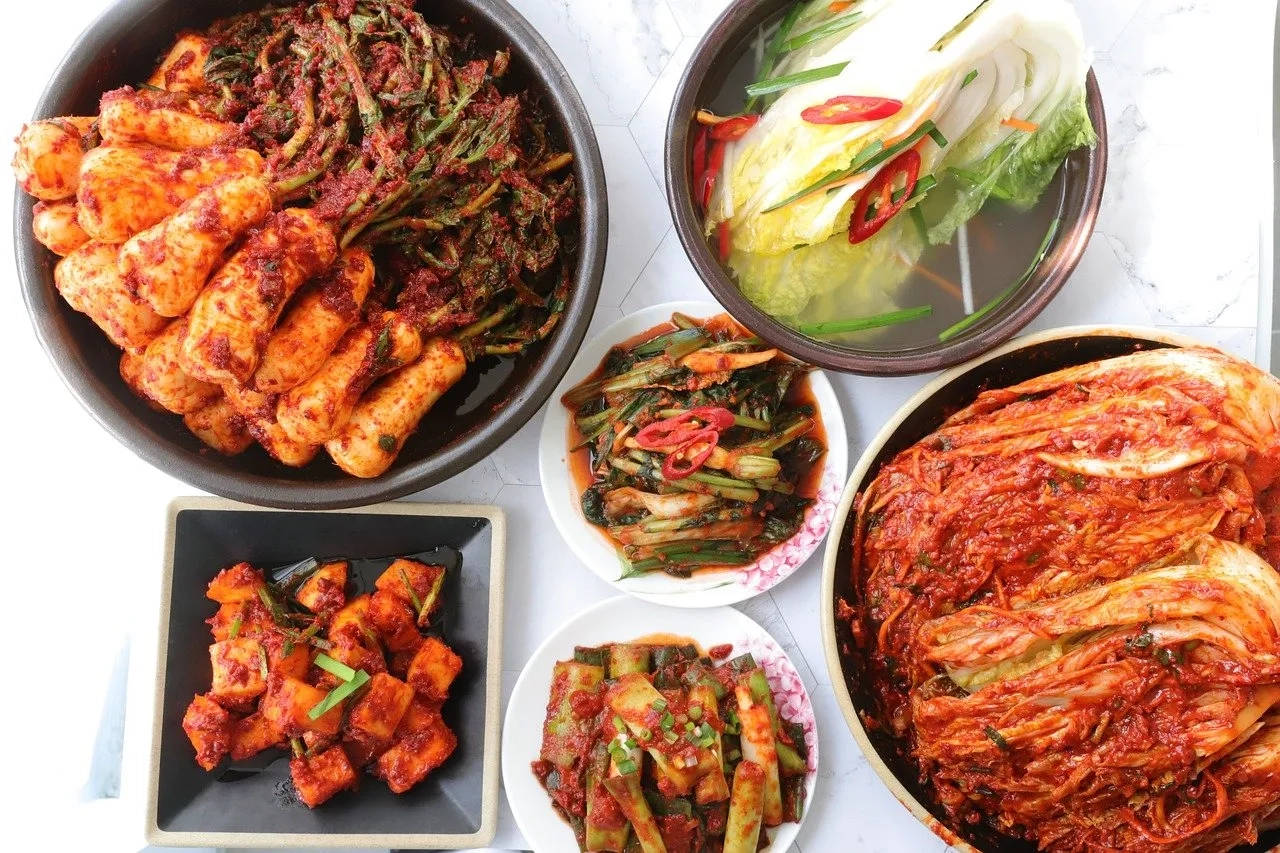
At its core, the most common type uses Napa cabbage that has been salted (배추김치 - baechu kimchi). But you'll also find versions made from green onions, radishes, cucumbers, and other fresh, seasonal ingredients depending on the time of year.
How is Kimchi Made
Making kimchi is a cherished tradition in Korean households, with each family having its own unique recipes. Typically during winter, all family members gather together for a whole day to make kimchi. There is a noun for this process called "kimjang (김장)" and a verb "kimjanghada (김장하다)".
Kimchi culture in Korea is characterized by family gatherings during the winter to prepare large quantities of kimchi, which is a way of strengthening family relationships. Having made it, it is then shared with family and friends as a way to spread love and care. 💝💝💝
I still remember a year when our homemade kimchi turned out rather bland. But one day, I had the pleasure of tasting incredibly delicious kimchi during a meal. It caught me by surprise, and I couldn't help but ask my mom, "Where did this kimchi come from? It doesn't belong to us." She told me it was a gift from one of her friends.

✅ Ingredients - Cabbage, coarse salt, radish, green onions.
✅ Seasoning Ingredients - Boiled water with glutinous rice paste, ground pear, ground apple, ground onion, shrimp paste, minced garlic, minced ginger, anchovy fish sauce, and red pepper flakes.
Begin by washing the vertically cut cabbage. Sprinkle salt evenly between the leaves, then place the salted cabbage in a container filled with salted water. Over time, osmotic pressure will cause the cabbage to release water, softening it.
While the cabbage is soaking in salt, prepare the seasoning mixture. Adjust the amount of red pepper flakes to your preferred level of spiciness. Combine the shredded radish and chopped green onions with the seasoning.
After rinsing the salted cabbage with water and squeezing out excess moisture, apply the prepared seasoning mixture to every part of the cabbage. You can enjoy it right away, or refrigerate it and let it ferment for a while before eating.
Does Kimchi Go Bad?
In order to prevent spoilage, it is vital to maintain the proper conditions for kimchi. Traditional Korean earthenware pots called 'onggi (옹기)' were buried underground to keep kimchi fresh. Ideally, the temperature should be around 1 degree Celsius.
These days, we have refrigerators dedicated just for kimchi or refrigerator compartments designed for proper storage. Below, you'll find some examples. On the left is the traditional 'onggi,' while the other two showcase LG kimchi refrigerators.
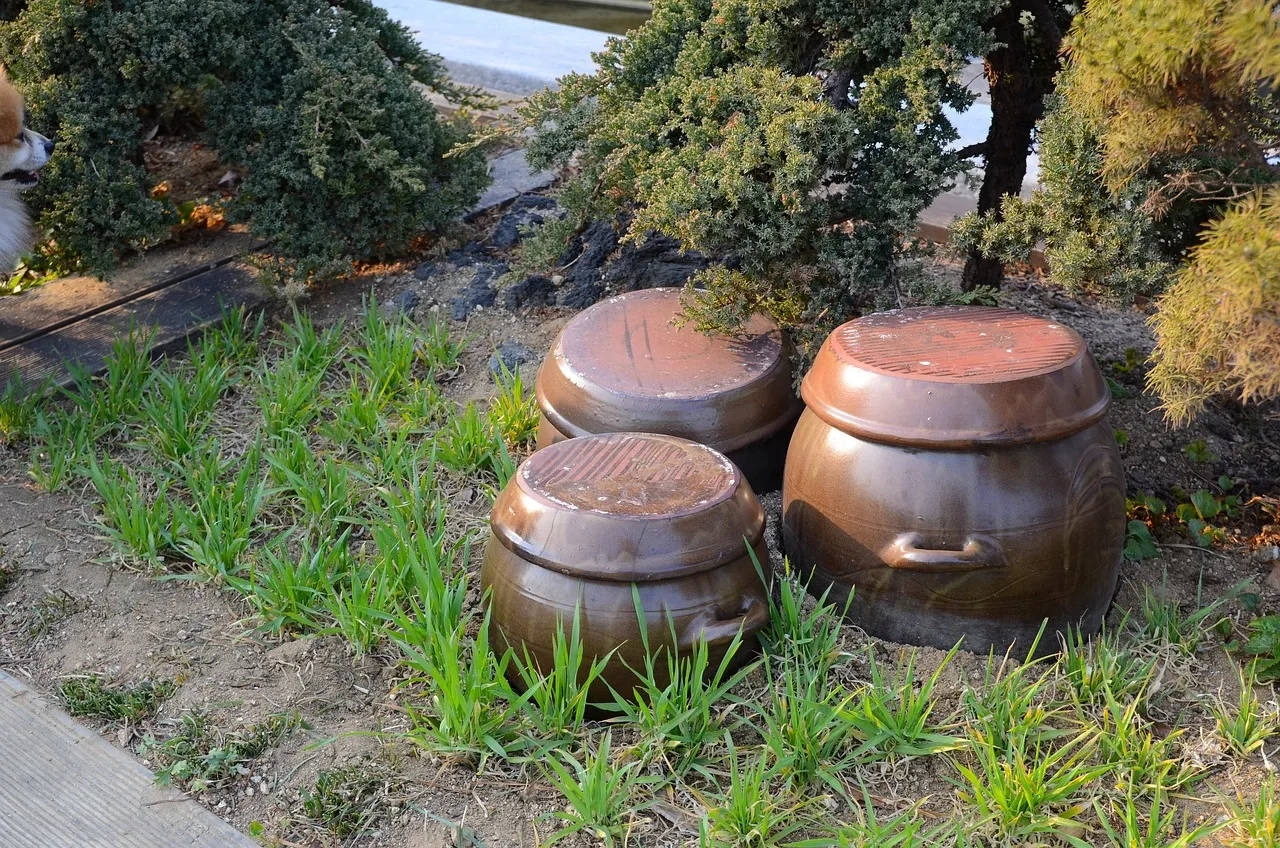


Where Can I Eat Kimchi
When visiting South Korea, trying kimchi is practically a must. You don't have to worry about placing a special order or spending extra money, as it's typically served as a standard side dish in restaurants, much like bread in France. This is known as banchan (반찬), and at least one type of kimchi is usually included.

If you're not in Korea, you can check out your nearby Asian supermarket, and I'd recommend brands like Bibigo or Jonggajip. When you buy pre-sliced kimchi, you can store it in a container and enjoy it whenever you like, making it super convenient.
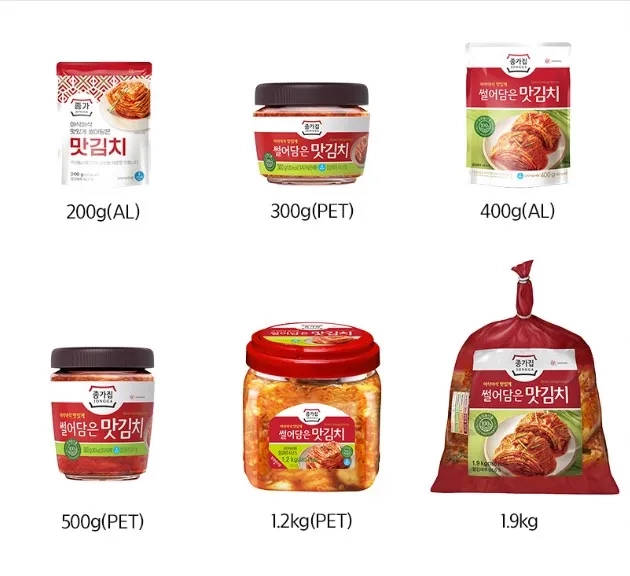
How to Eat Kimchi
When sharing kimchi with friends from other countries, sometimes we'll have them taste it straight. But truthfully, Koreans usually don't eat it by itself either. We enjoy it as a side dish to balance out meals like rice or noodles.
Some really comforting foods in Korea are rice with seaweed and kimchi, or a hot bowl of ramen with chunks of kimchi. On busy nights when we don't feel like cooking, or if there's not much else in the kitchen, these dishes are our go-to options to fill our tummies. Kimchi adds just the right flavor to make simple meals feel satisfying.
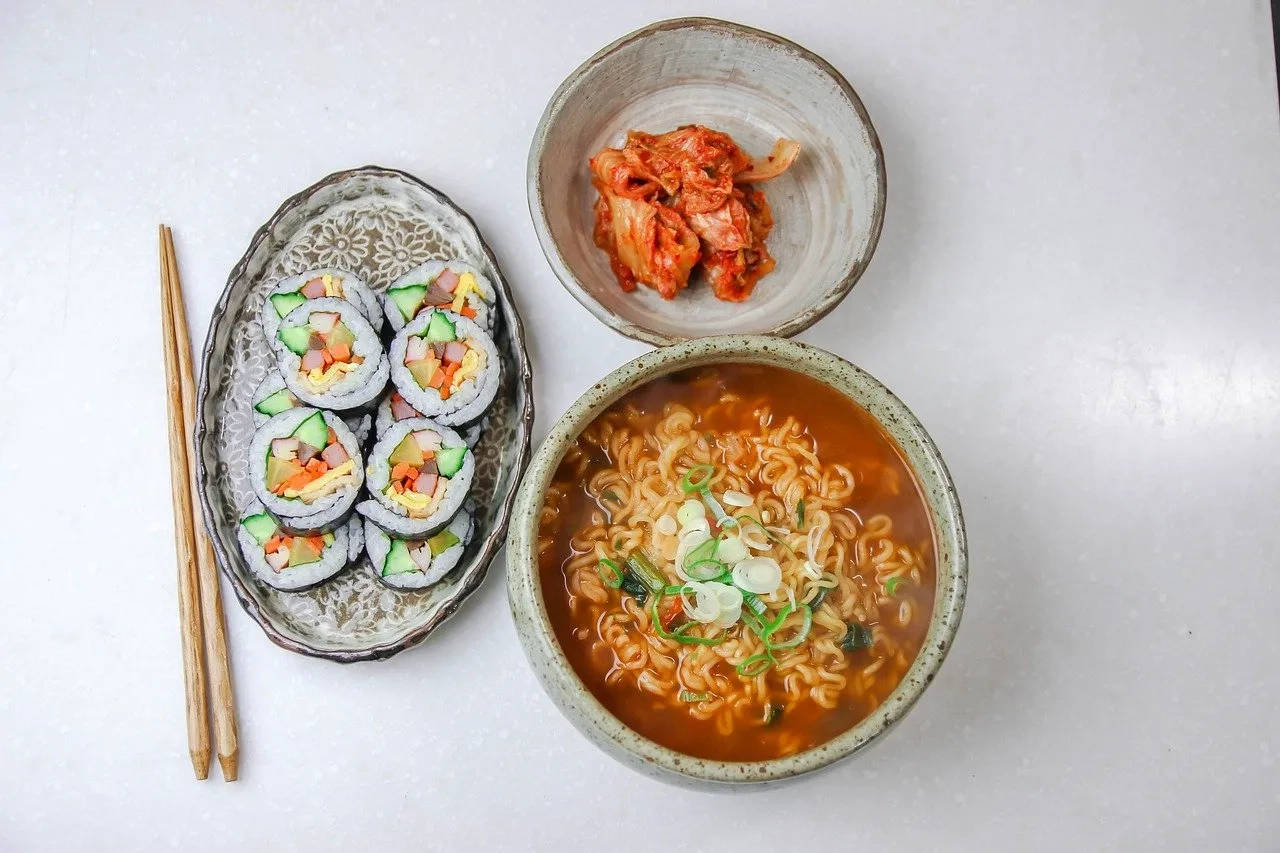
Wrap-up
If you've ever watched k-dramas or k-movies, you might have seen those tempting scenes with kimchi. It is one of the must-try Korean foods. It's more than a side dish, it's the essence of Korean cuisine. If you make a list of what to eat in Korea while traveling, put it at the top. It's healthy and delicious!
When you visit Korea, make sure to taste not only kimchi but also dishes made with it, such as kimchi pancakes (김치전), kimchi jjigae (김치찌개), and kimchi fried rice (김치볶음밥).